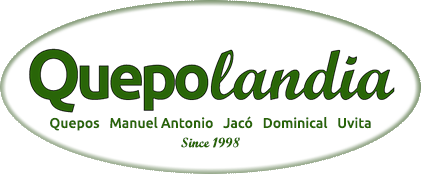If You’re Unfortunate Enough to get Bitten by a Snake, do it in Costa Rica
By Jack Ewing “…and our dog Maggie has been bitten on the muzzle by a rattlesnake,” read the afterthought at the end of the email from my brother Rex. Knowing that the only poisonous snakes in that part of Colorado are prairie rattlers, I figured that Maggie would survive. These
Read More